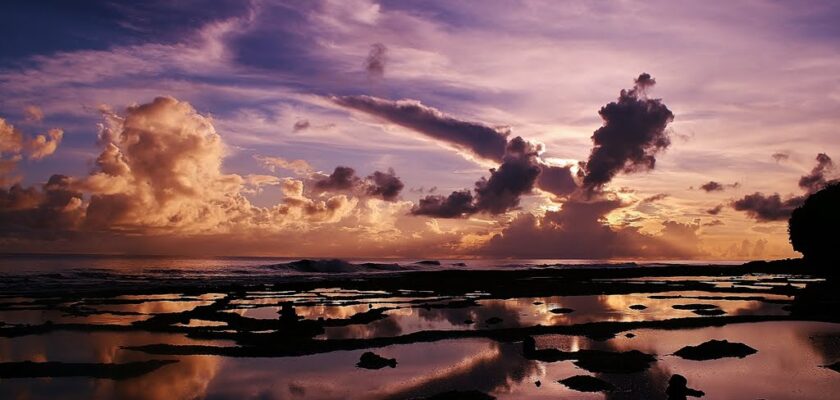Futuna Islands
The Futuna Islands (or Horn Islands) are located in the Pacific nation of Wallis and Futuna and consists of two main islands, Futuna and Alofi, separated from each other by a strait about 2 km wide. The neighboring Wallis Island group is 230 km to the northeast.
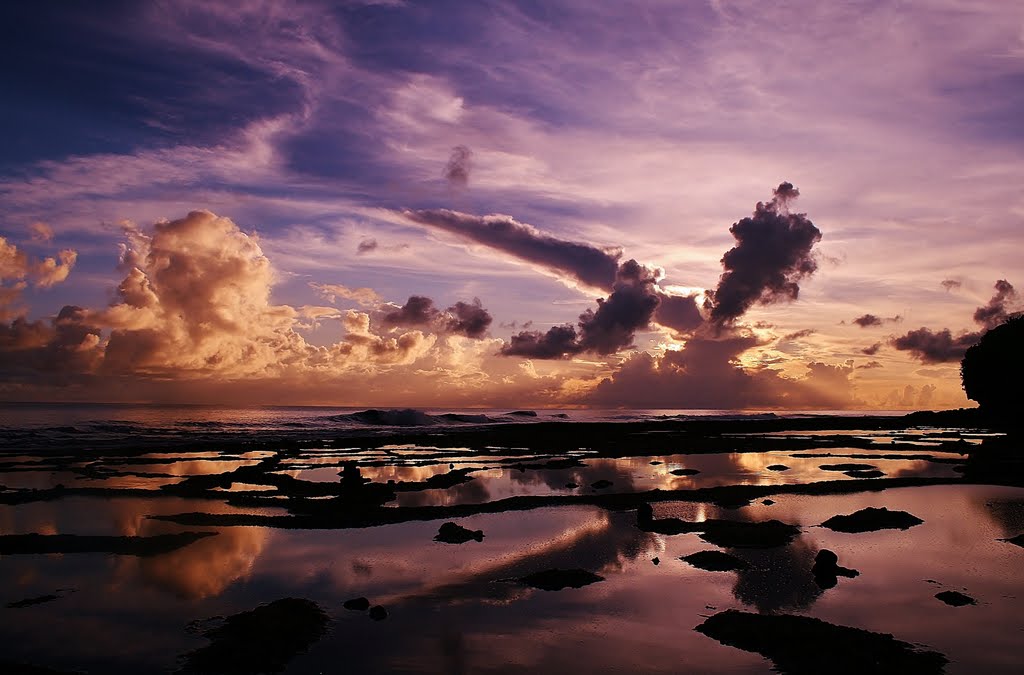
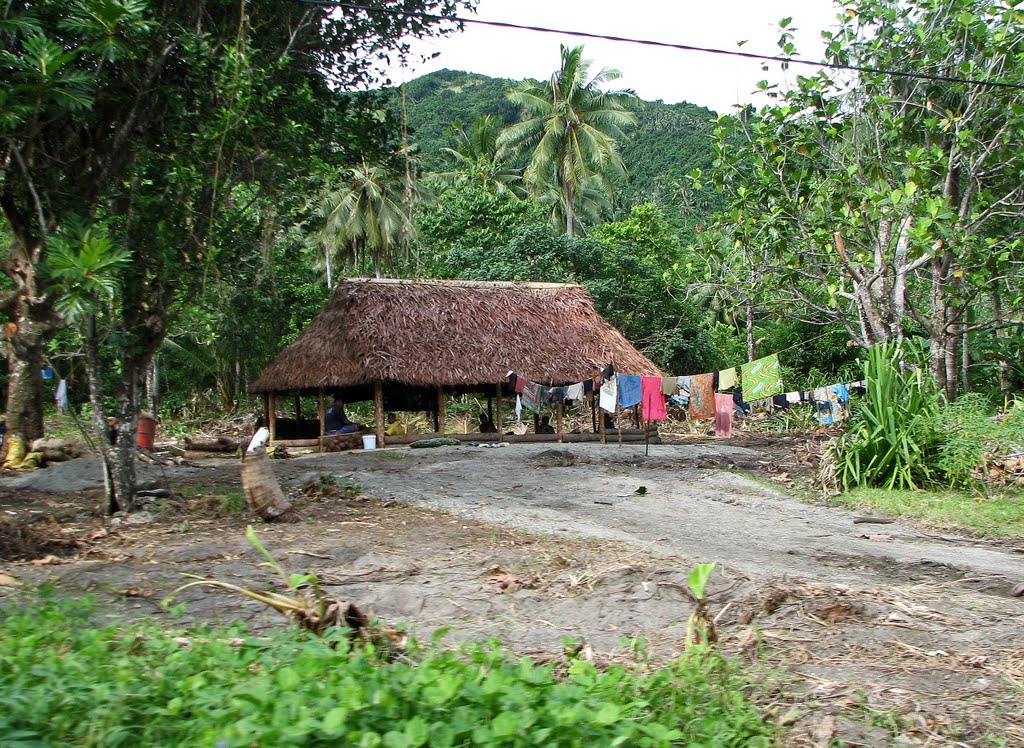
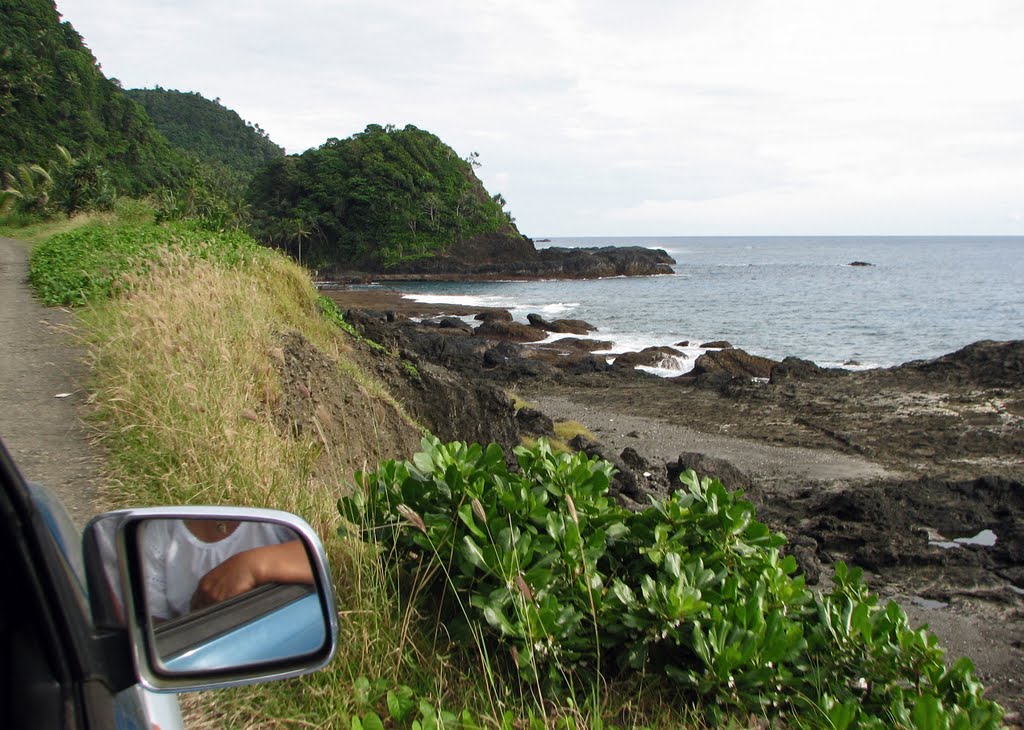
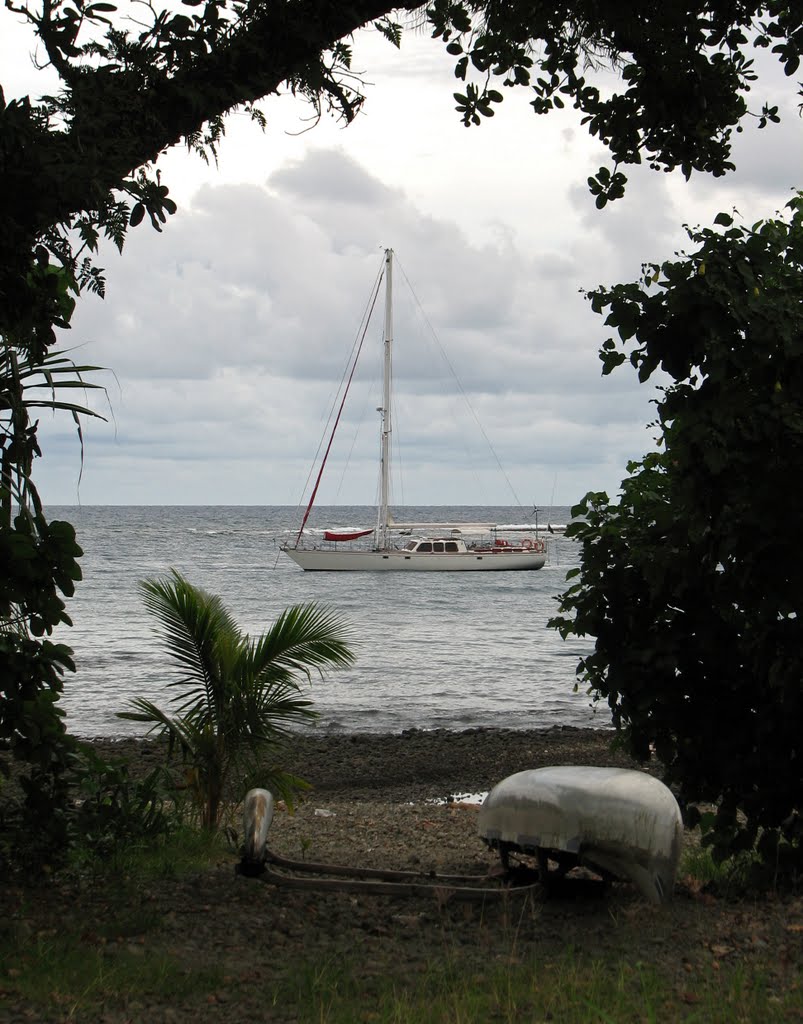
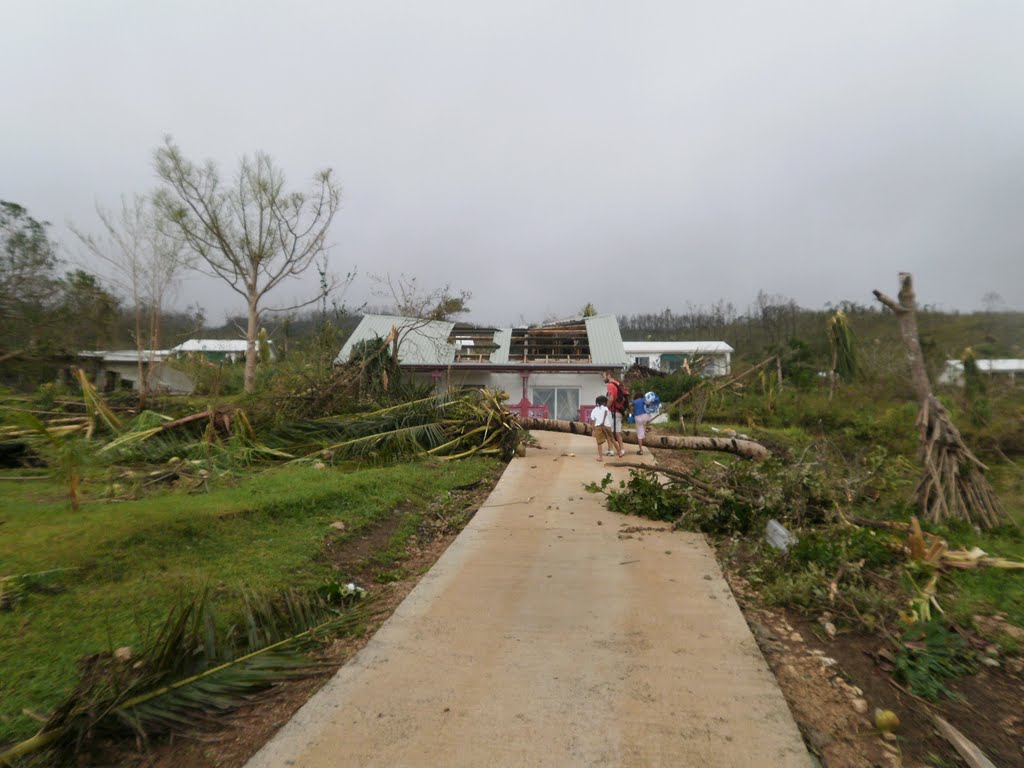
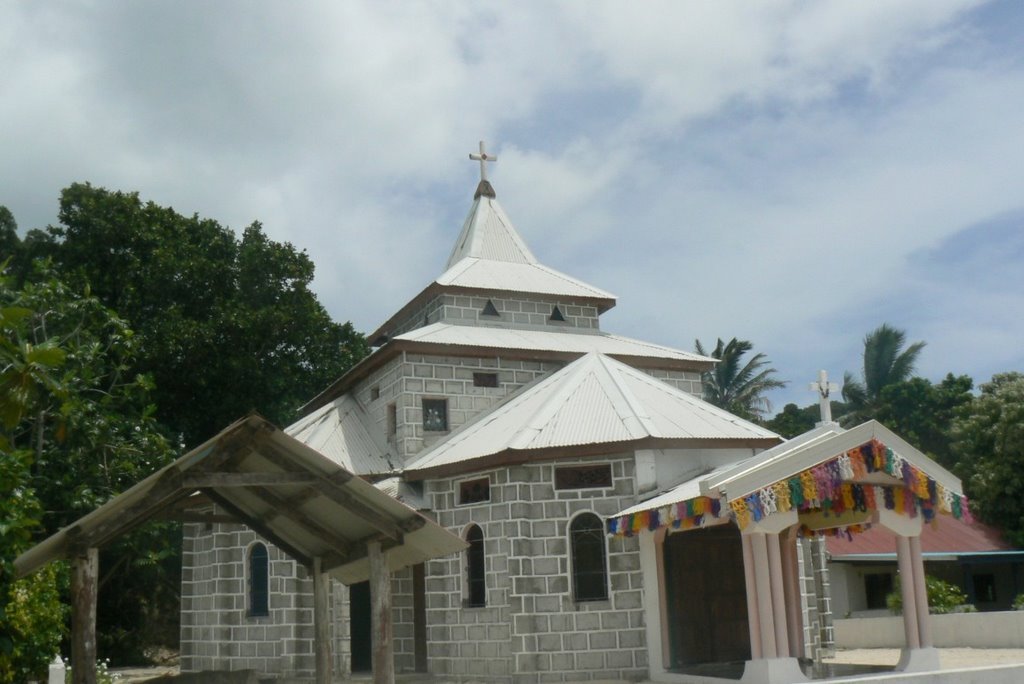
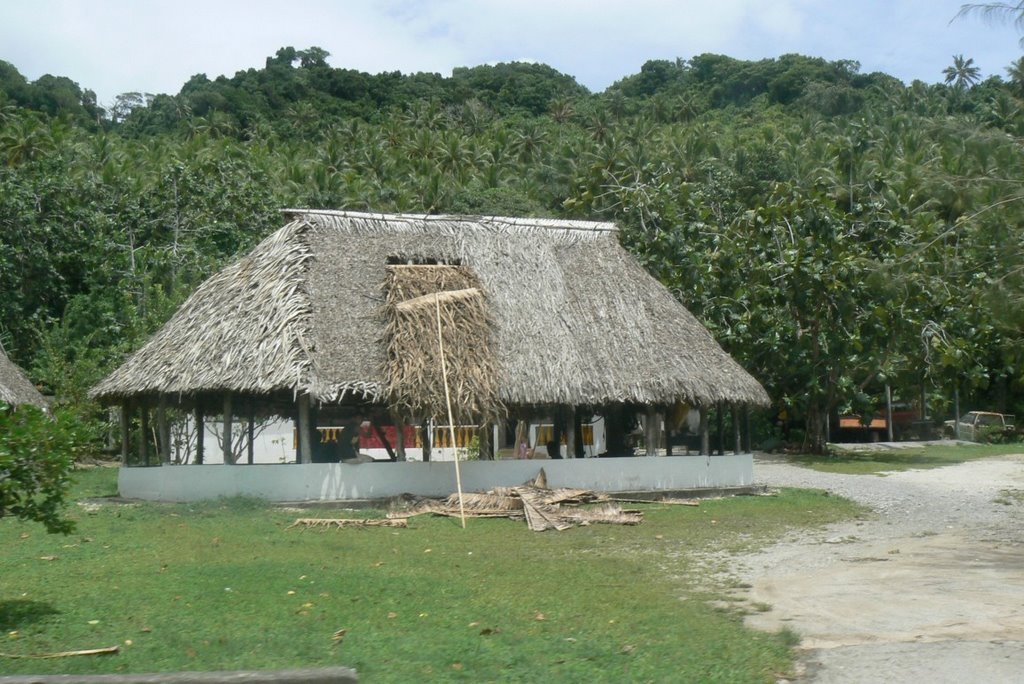
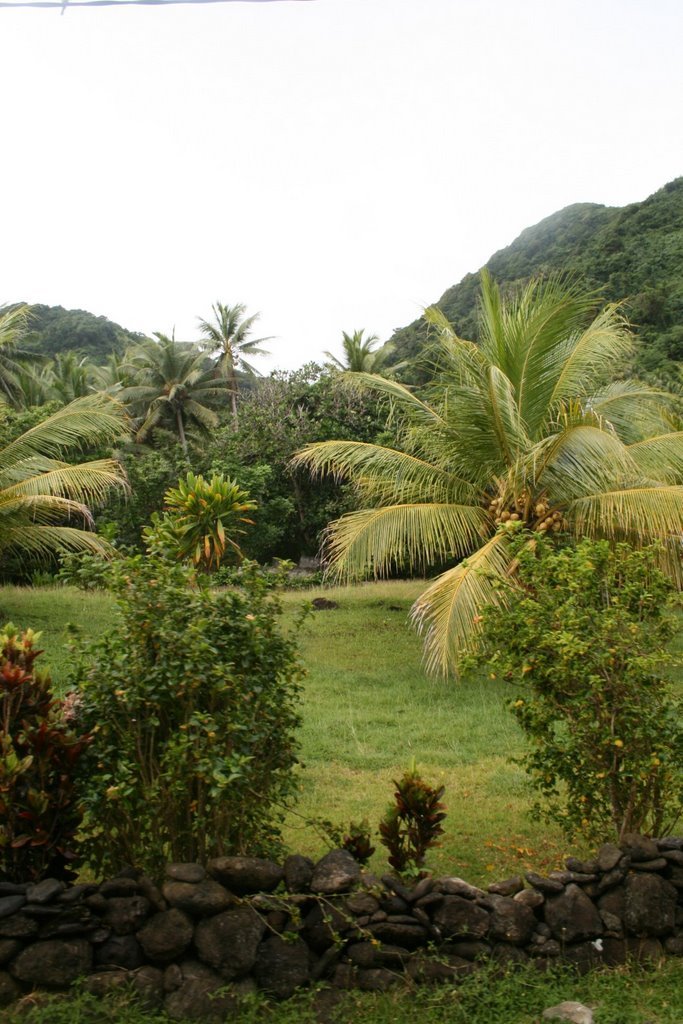
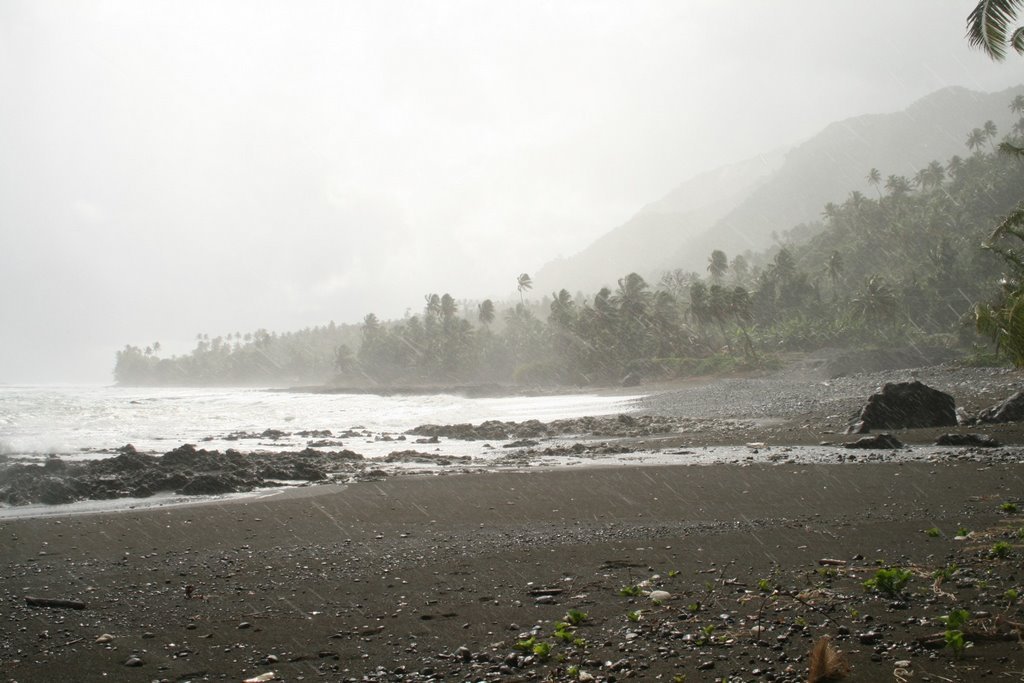
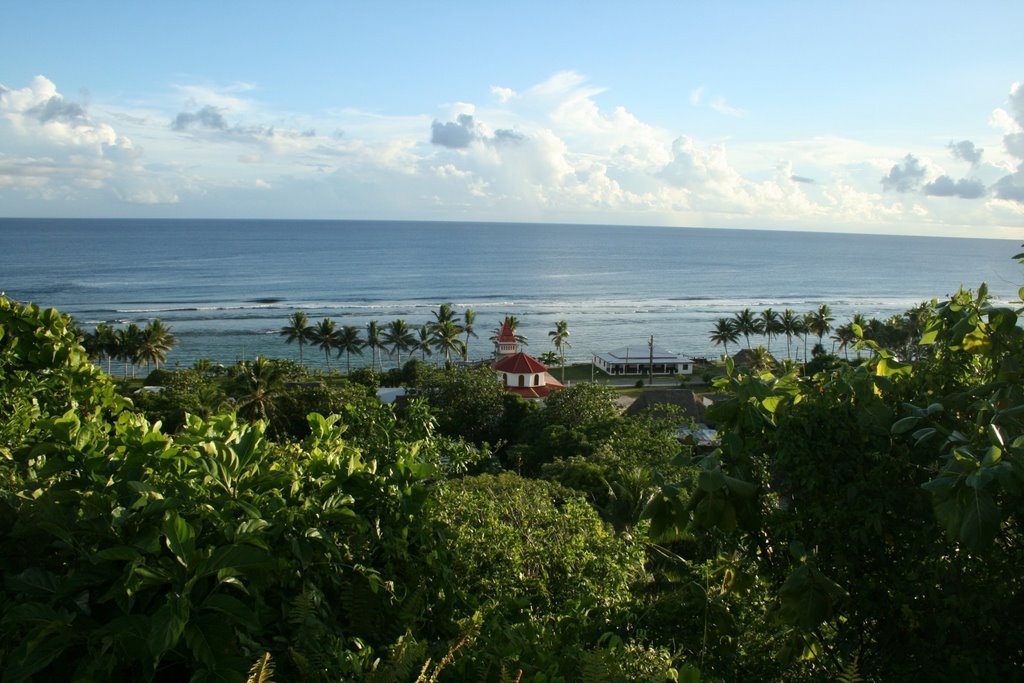
General information
The islands are dominated by a tropical trade wind climate characterized by high humidity. It rains throughout the year, and the average temperature ranges from +24 to +32 degrees Celsius. The coldest month is July and the hottest is February. From November to April, the bulk of precipitation falls, accompanied by strong winds that occasionally grow into hurricanes. August is considered the driest month. Any time of the year is suitable for traveling to Wallis and Futuna, except from November to April, but before traveling it is worthwhile to know the forecast for the next few days in detail, as the weather here is too unpredictable.
.There are over 4,000 islanders on Futuna, while Alafi has only garden plots and tobacco plantations, as it is not intended for permanent residence. The highest peaks, Puque and Colofau, stand out clearly in the island landscape, harmonizing the overall landscape. The administrative division of Futuna Island has two districts, Alo and Sigav, which lie along the Vainifao River and are divided into several small villages with a small number of inhabitants. The status of the largest settlement belongs to Ono township, with about 600 inhabitants.
.
Of all the architectural structures on the Futuna Islands, the church of St. Pierre Chanel in Poi, in the eastern part of the island, as well as several Catholic churches in the areas of Alo and Sigav, stand out. Otherwise, the island is only rich in natural attractions.
Alofi Island is home to a number of traditional rural huts, with electricity connected to them. These dwellings are reserved for Futuna residents who have their garden plots here. A great excursion is a trip to the Loka Cave with St. Bernadette’s Grotto, located in the very east of Alofi Island. Deep-sea diving in this part of the Pacific Ocean is extremely rich in colorful impressions. The colorful underwater world of Wallis and Futuna is a real revelation even for the most sophisticated divers.
.
Tourism infrastructure is underdeveloped. In general, both island groups have only a few hotels, whose guests are either foreign nationals who come here on a business visit, or wealthy tourists who prefer to vacation in exotic and little-known countries.
.
Transportation
There is no public transportation, as such, on either Wallis or Futuna. That said, the length of highway roads is 100 kilometers on the former and 20 on the latter. In addition to cab services, few visiting tourists have the option of renting a car.
How to get there
Both island groups have one airport each, but only one, Hijifo, on the island of Uvea, operates international flights. All flights are handled by a local company, Air Caledonie International. There are no direct air links between the islands and Europe. However, Wallis and Futuna are connected by air to New Caledonia, Tahiti and Fiji.
.